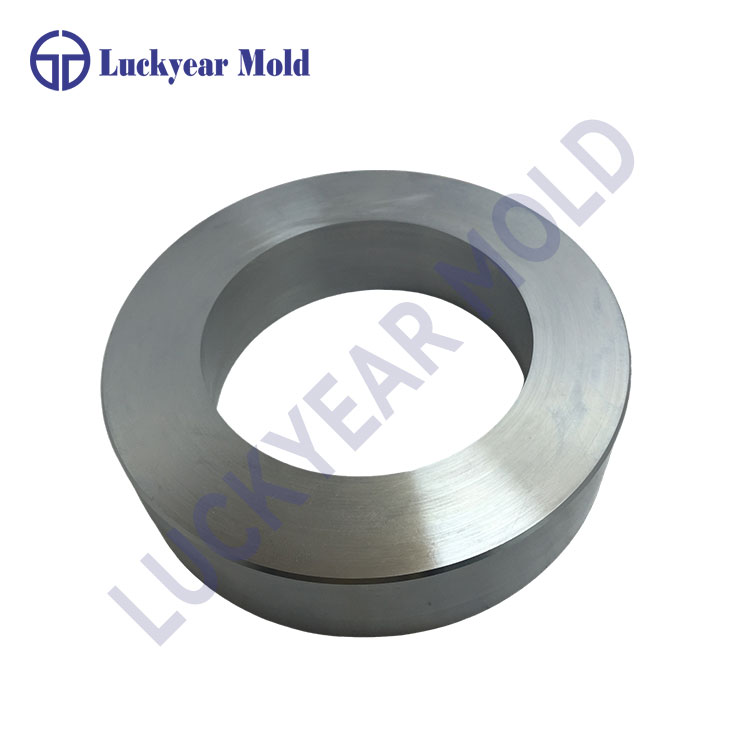The Crucial Importance of Correct Alignment in Press Die Molds
2024-05-31
In the precision world of metal stamping and forming, maintaining the correct alignment between the upper and lower dies in a press die mold is paramount to achieving optimal results. Alignment not only ensures the accuracy of the stamped parts but also contributes to the longevity and efficiency of the entire stamping process. Let's delve into the importance of this crucial aspect in more detail.
Ensuring Accuracy
The first and foremost reason for maintaining correct alignment is to ensure the accuracy of the stamped parts. When the upper and lower dies are properly aligned, they work together to precisely form the desired shape in the workpiece. Any misalignment can lead to defects such as uneven edges, warped parts, or even parts that fail to meet the required specifications.
Preventing Wear and Tear
Misalignment between the dies can also lead to increased wear and tear on the mold itself. When the dies are not aligned properly, they may come into contact with each other in unexpected ways, causing premature wear of the dies' surfaces. This wear can not only affect the quality of the stamped parts but also shorten the mold's lifespan.
Maximizing Efficiency
Proper alignment also contributes to the efficiency of the stamping process. When the dies are aligned correctly, the stamping operation can be performed smoothly and quickly, reducing the time and effort required to produce each part. Misalignment, on the other hand, can lead to delays, downtime, and even the need for additional adjustments or repairs.
Safety Considerations
Maintaining correct alignment is also crucial for safety reasons. Misaligned dies can cause the stamping press to operate erratically, posing a risk to operators and other personnel working in the vicinity. Ensuring proper alignment can help reduce the risk of accidents and injuries.
How to Maintain Alignment
Maintaining correct alignment requires regular inspections and adjustments. Operators should inspect the dies for any signs of misalignment, such as uneven wear patterns or inconsistent stamping results. If misalignment is detected, it should be corrected immediately by adjusting the dies or the stamping press itself.
In addition, regular maintenance and repairs are essential to maintaining alignment over the long term. This includes replacing worn-out parts, cleaning and lubricating the dies, and performing any necessary adjustments or repairs as recommended by the mold manufacturer.
Conclusion
In summary, maintaining the correct alignment between the upper and lower dies in a press die mold is crucial for achieving optimal results in metal stamping and forming. It ensures accuracy, reduces wear and tear, maximizes efficiency, and enhances safety. By regularly inspecting, maintaining, and adjusting the dies, manufacturers can ensure that their stamping operations run smoothly and produce high-quality parts consistently.



